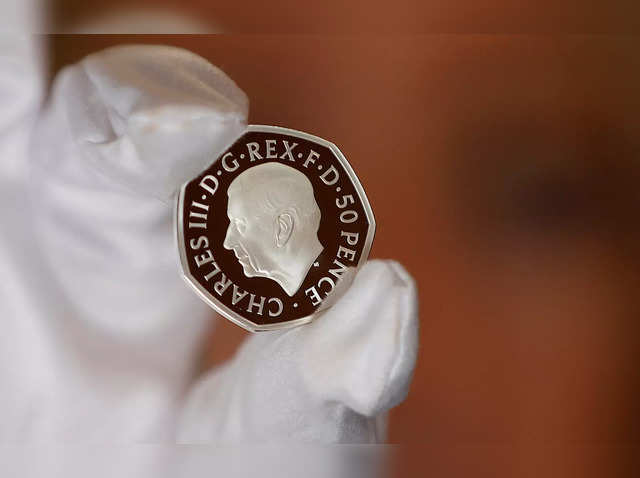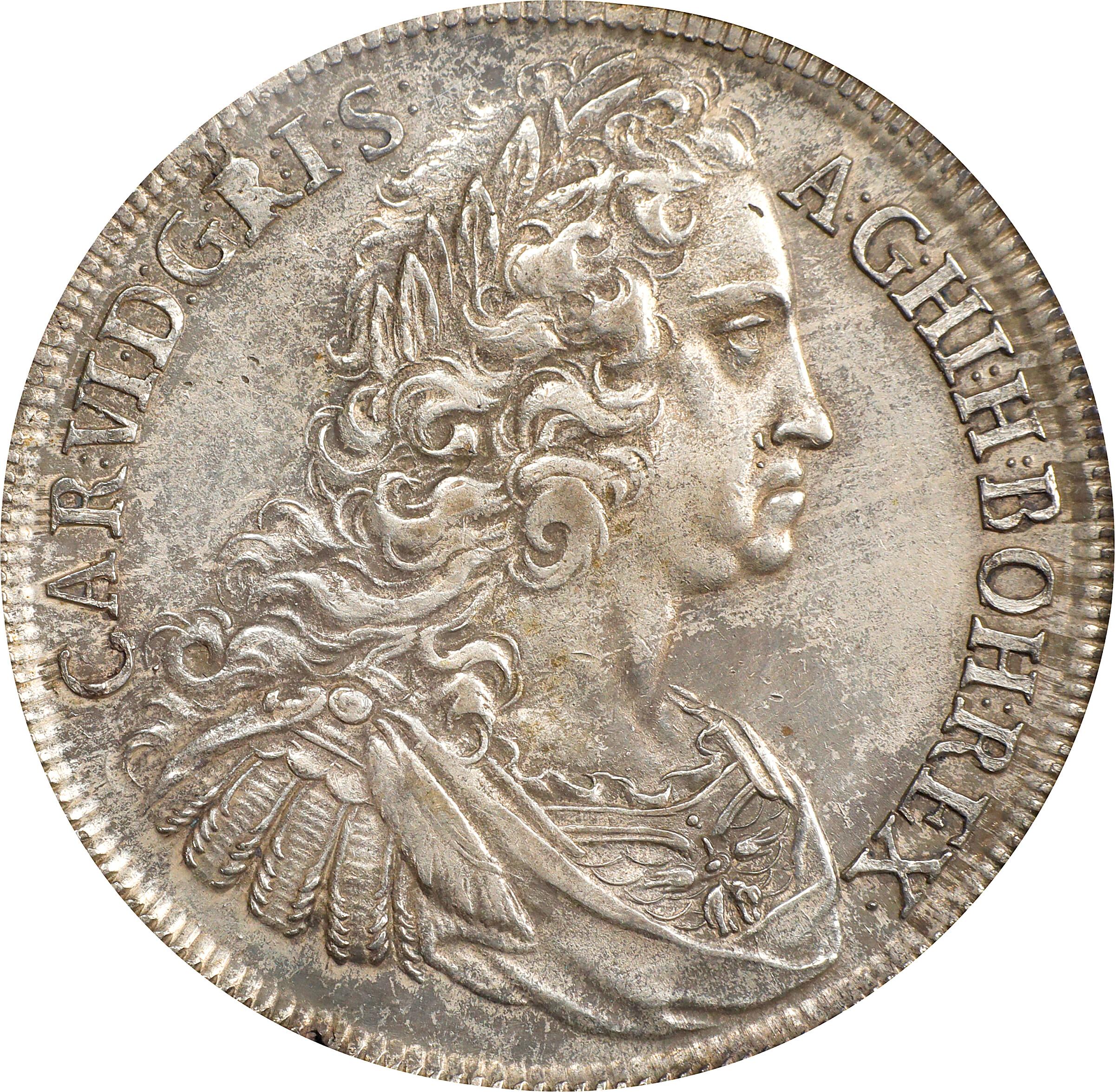Free Advice To Minting Czechoslovakia Coins
How And Why Would You Use A Model Of A Plaster To Create A 3d Digital Model Of Gold Coins Or Medals?The process of scanning requires specially designed equipment that records the plaster maquette in digital form. The digital copies are utilized for various reasons during the production.
3D Scanning - High-resolution scanners capture physical dimensions and the details of the plaster model. They employ a variety of techniques like laser scanning and structured light to capture precise measurements and geometrical shapes.
Capturing Surface Data - The scanner emits light or laser beams on the surface of a model. The scanner captures the reflections and distortions. The information gathered is used to create models.
Data collection- The scanner captures data while it travels across the model. This creates a digital representation that includes the contours of the model, its geometry and other details.
Conversion into 3D Model- The collected data points are processed by special software that converts the information into a 3D digital model. The model is able to recreate the physical dimensions and dimensions of the plaster replica.
Reasons for Creating an Digital 3D Model
Digital 3D models can be used to reproduce the exact dimensions and details of a physical model. This accuracy is essential in order to ensure that the gold medals or coins are in line with the original design.
Digital models allow for easy modification or reworking. Designers can adjust the 3D model without altering the initial plaster model, making it possible to make improvements or corrections over time.
Compatibility with various manufacturing processes- Digital 3D designs are compatible with various manufacturing techniques like 3D printing and CNC machining, making it easier to make molds and dies for the mass production.
Digital 3D designs can be stored and used as documentation. They can be stored digitally to allow future research, reproduction or documentation for historical purposes.
By scanning a model of a plaster and creating a precise digital 3D replica, manufacturers and designers are able simplify production, improve precision, and employ modern manufacturing techniques to make gold coins or medals with accuracy. Check out the best Scanning and 3D Modeling Czechoslovakia gold medals website recommendations. including gold medal swimming, 24k gold bullion, sell gold coins, purchasing silver bars, gold buffalo, sovereign british coin, $50 gold piece, gold and coin dealers near me, price of 1 oz of gold, 2000 p sacagawea dollar and more.

How Is Laser Technology Used To Refine The Surface Of The Die Or Master Hub For Gold Medals, Coins Or Coins?
Laser technology in die production or master hubs is employed to improve the surface and improve accuracy. This article will explain the role of laser technology to achieve this. Surface Refinement
After the initial machining, the surface of the die or master hub is polished using laser technology. It helps to smoothen out imperfections and get rid of burrs.
Detail Enhancement-
Laser ablation or engraving techniques are used to create or enhance details on the die or master hub. Lasers are able to precisely remove and etch material. This allows for the creation of intricate patterns, fine lines, or designs that are difficult to create using traditional machining.
Microstructuring-
Laser microstructuring involves creating tiny details or textures on the surface of dies. This method allows the creation of specific patterns or textures which can enhance the visual appearance and security features on the medals and coins.
Surface Hardening or Treatment
Laser technology is used to treat or harden the surface of dies or master hubs. This improves the durability and wear resistance of the surface to ensure durability during the strike.
Precision Changes
Laser technology is a precise way to alter or improve the quality of dies or master hubs, without altering the geometry. The ability to modify the surface of the die to fix discrepancies, imperfections or other issues that could influence the quality of struck medals or coins.
Controlled Material Removal
Laser ablation allows for exact removal of material. This is especially useful for areas that require precise details to be established. The material is removed by contact, thus preserving the integrity surrounding the area.
The use of the laser to improve and refine details on master hubs or dies can provide a higher level of precision and finer details. Additionally, it enhances overall quality of the die's surface. The laser technology is used to improve the surface of dies and master hubs, improving their quality. Check out the top laser processing Czechoslovakia gold medals blog info. including 1 ounce gold, 1 4 oz gold coin, cheerios sacagawea dollar, gold eagle coin price, ebay gold coins, gold bullion coins, 1 0z gold price, gold coins and bullion, 1 oz silver price, 1oz gold price today and more.

How Do Gold Medals And Coins Receive Their Protective Coatings?
The coating of gold medals or coins is done for various reasons. It can be used to protect as well as improving the appearance, or achieving a specific aesthetic effect. Here are a few different coatings that could be applied.
Clear Protective Coatings (Varies). A clear protective coat such as lacquer a specialized plastic, can be used to shield the surface from oxidation scratches or tarnishing. The coating is designed to preserve the original appearance of the coin and protects any metal underneath.
Enhancement of Appearance
Gold plating, also known as gildingthe surface of a gold coin medal may be coated with a fine layer of of gold. This enhances the coin's or medal's appearance, giving it a more lustrous and luxurious finish.
Aesthetic aspects
Patina or Antique finishes - Chemical treatments or special coatings can be used to create an antique look. This process creates the appearance of a surface that is aged and oxidized.
Colorization / Coloring - In certain cases, the color of specific parts of a coin medal, or any other object can be achieved through the use of special coatings and enamels. The purpose is to enhance the design element, produce contrast, and add visual appeal.
Anti-Tarnish Coatings-
Anti-Tarnish Solution – If your coin or medal features intricate designs or certain areas that are susceptible to tarnishing you may want to apply anti-tarnish solution. They to prevent discoloration and oxidation over time.
Specialized Coatings to Protect or authentication
UV-Reactive or Luminescent CoatingsSome coins or medals might contain special coatings that respond to UV light, revealing the hidden or encrypted components for authentication or security purposes.
Selective Coatings for Contrast
Selective Coating Removing- Sometimes, the coating is removed selectively from particular parts of a coin or medal in order to make a contrast between the polished and coated surfaces. This highlights design features.
Each coating has a purpose. It might be to safeguard the metal or improve its appearance. It could also add security features. These coatings can have a major impact on the durability and visual appeal of gold medals and coins. They also increase their value. See the top rated coating Czechoslovakia gold medals website examples. including gold eagle, 1 4 ounce gold coin, silver double eagle coin, bullion bars gold, ancient coin, apmex gold, golden dime, gold buy bullion, gold silver bullion, gold coin store near me and more.

How Does Gold Get Through The Coin Presses, And Then Stamped With High-Pressure During Minting?
When the production process is completed gold blanks are placed in coin presses, in which they are pressed using high pressure. This transforms them into finished coins or medals. Here's an overview of the process involved Loading Blanks-
Incorporating gold blanks into a feeder attached to the coin press takes place after they've been cleaned, inspected and assessed. This feeder system ensures a steady supply of blanks.
Feeding Blanks to the Press
The system of feeding is designed to direct the blanks one at a time into the chamber for striking. This ensures precise placement of the blanks.
Alignment, Positioning and Positioning
Within the press, the blanks are aligned before being placed inside the chamber of striking, ensuring that they are completely centered and aligned to allow for the stamping process.
Striving under High Pressure
The coin press uses two dies: one stationary and the other one is moving. The stationary die contains the impression of the design that is negative, while the one that can move is known as the Hammer.
The die is moved to strike the blank with considerable force, transferring the image onto the blank's surface. The force of the dies creates the design as well as the raised relief.
Striking repeatedly is optional.
For higher-quality coins or medals such as collector's or proof editions, multiple strikes might be employed to produce an even more sharp, clear appearance or design. Each strike further refines the details on the surface of the coin.
Collection and Ejection
Once struck, the newly-minted coins or medals are removed from the press and placed in trays or containers. Control of quality is conducted to ensure the designs adhere to specifications.
Post-Processing-
The style of the medal or coin might require additional processing like edge lettering (either edge reeding) or post-strike treatments.
Stamping the gold blanks with high pressure is essential because it prints the desired design on them, making them completed coins and medals that can be used as celebration or collection purposes, or for circulation. The stamping process requires precision as variations in alignment and pressure can affect the quality of the final product. View the top minting Prague Mint gold medals more recommendations. including 2000 p gold dollar, golden dime, old coins, 1 10 oz american gold eagle, gold coins, gold bullion coins, ngc grading, 50 dollar gold piece, gold eagle coin price, 1975 gold penny and more.